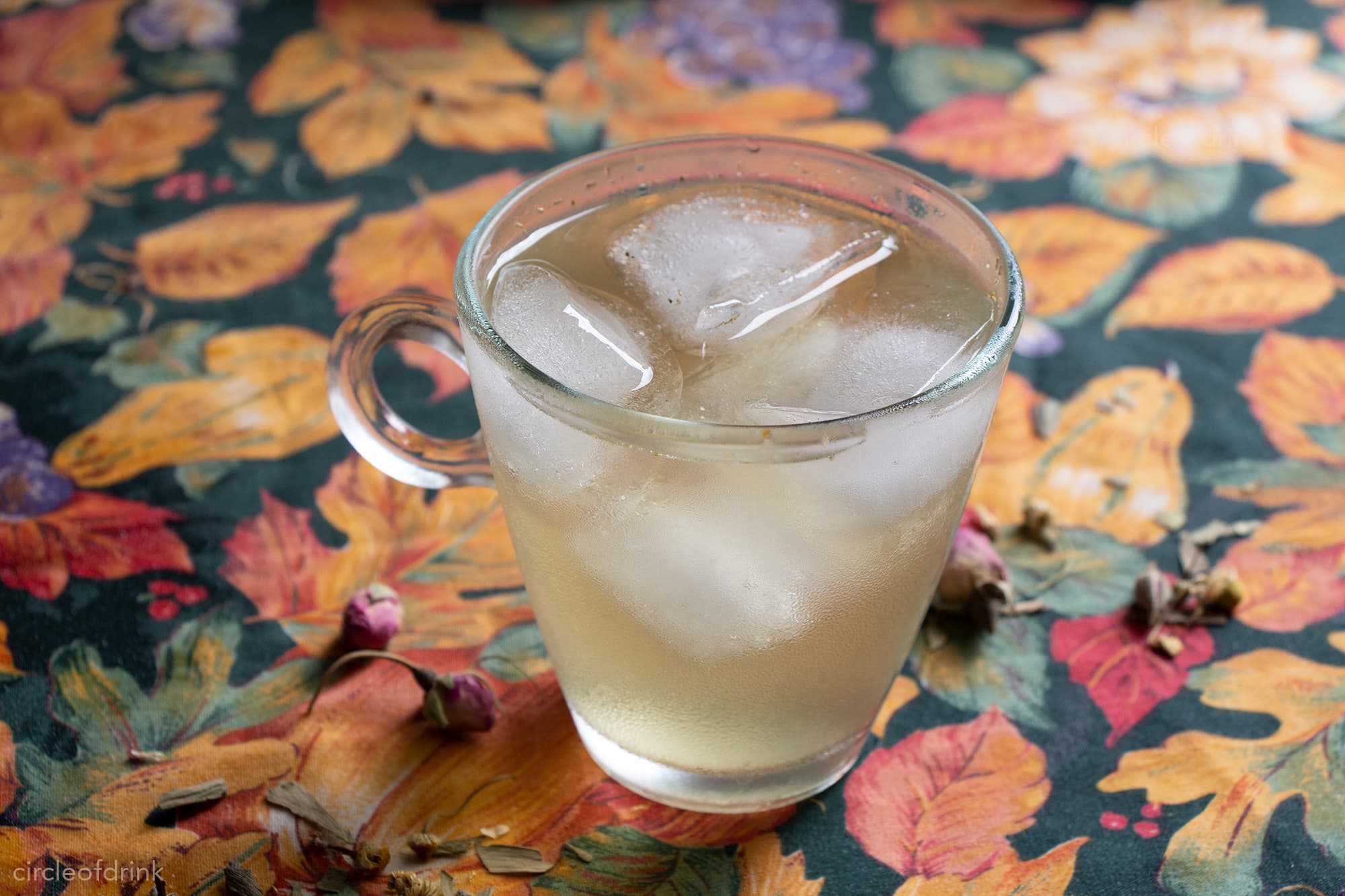

It has small, white, silky flowers (usually four-petaled) gathered in inflorescences at the tops of branches. Paraguayan holly blooms from October to November. They are egg-shaped with a wedge-shaped base, crenate edge, and blunt tip.

The hard perennial leaves are 8 cm long, olive green in color, darker on top. paraguariensis is a subtropical, dioecious, evergreen tree that grows from 8 to 15 m. paraguariensis has EMA monographs and, more recently, a pharmacopoeial monograph (in Supplement 9.4 to the European Pharmacopoeia). Ilex trees are located exclusively in South America: in northern Argentina, southern Brazil, Uruguay, and Paraguay, where they cover an area of approximately 540,000 km 2. The genus Ilex comprises about 450 species growing in the tropical regions of South America and Asia. Ilex paraguariensis A.St.-Hil., of the Aquifoliaceae family, is a tree whose leaves ( Mate folium), after being dried and roasted, are used to prepare the Paraguayan tea known as “Yerba Mate”. The growing frequency of consuming Yerba Mate, conditioned by the availability resulting from the globalization of the market and the information provided about it’s the pro-health effects, will position Yerba Mate’s popularity among wider population groups. The current data on the effects of Yerba Mate and the wide safety margin of its use position this raw material as a valuable component of functional food. The information about the action of Yerba Mate is supplemented by the characteristics of its potential toxicity in terms of PAHs content (in particular benzopyrene) and preparation as a determinant of increased irritation. The review of the results of preclinical and clinical studies indicates activity in relation to the stimulating effect, reducing weight by stimulating lipolysis, cardioprotective, anti-diabetic, and anti-inflammatory effects. The next part focuses on the analysis of the composition, pointing to purine alkaloids, polyphenols, saponins, and minerals as groups of active compounds responsible for the clinical activity of Yerba Mate. The introduction of the work contains the species characteristics of Yerba Mate, as well as information about the origin and places of cultivation. Bearing in mind the growing interest in Yerba Mate, a comprehensive study has been prepared containing the most important aspects and possibilities of its use.


 0 kommentar(er)
0 kommentar(er)
